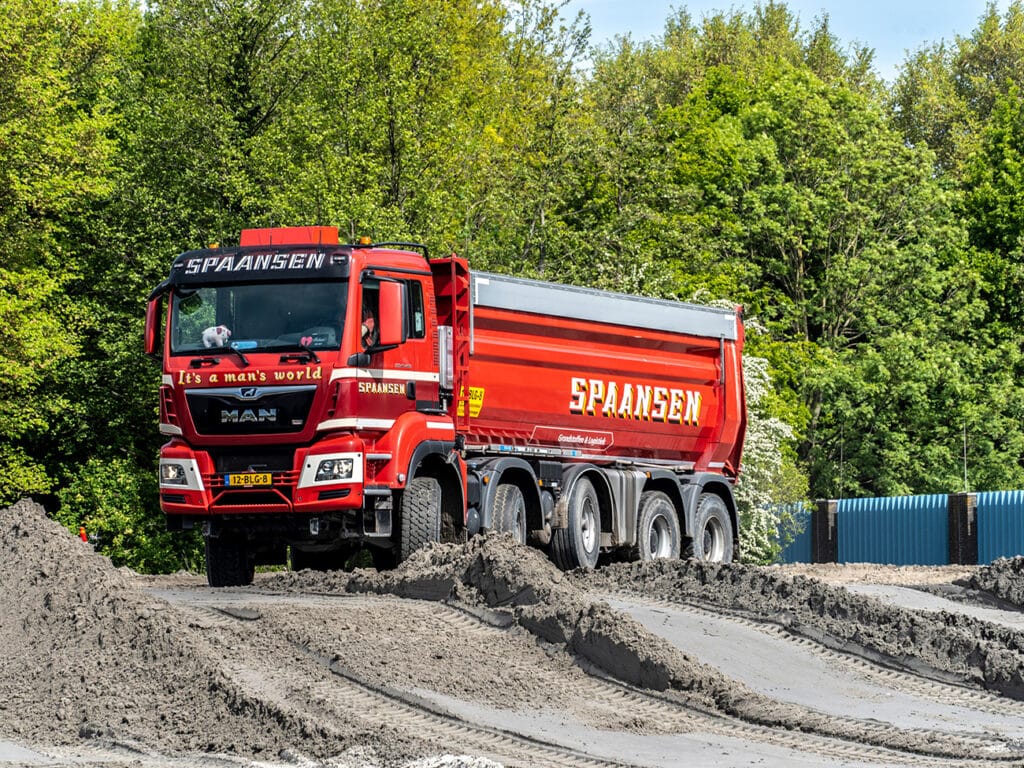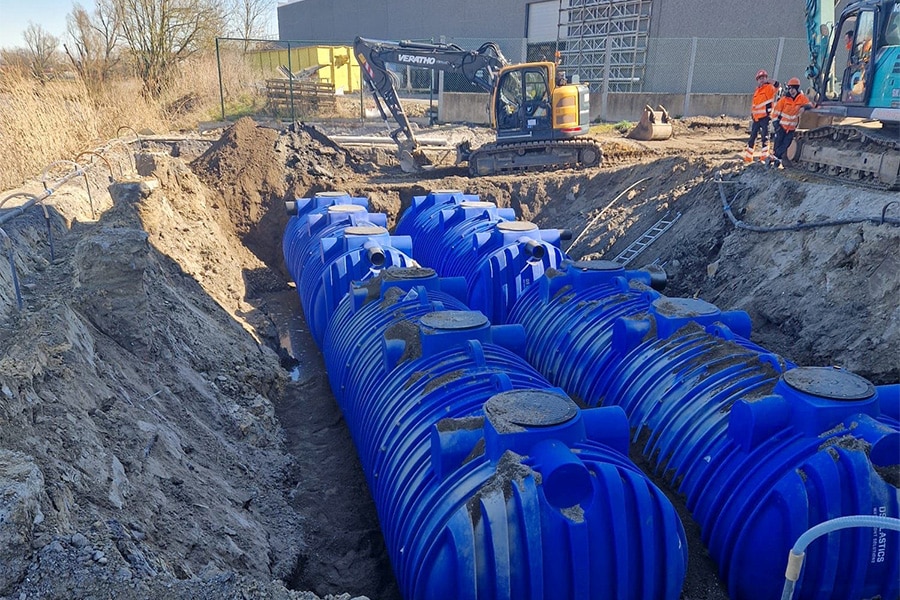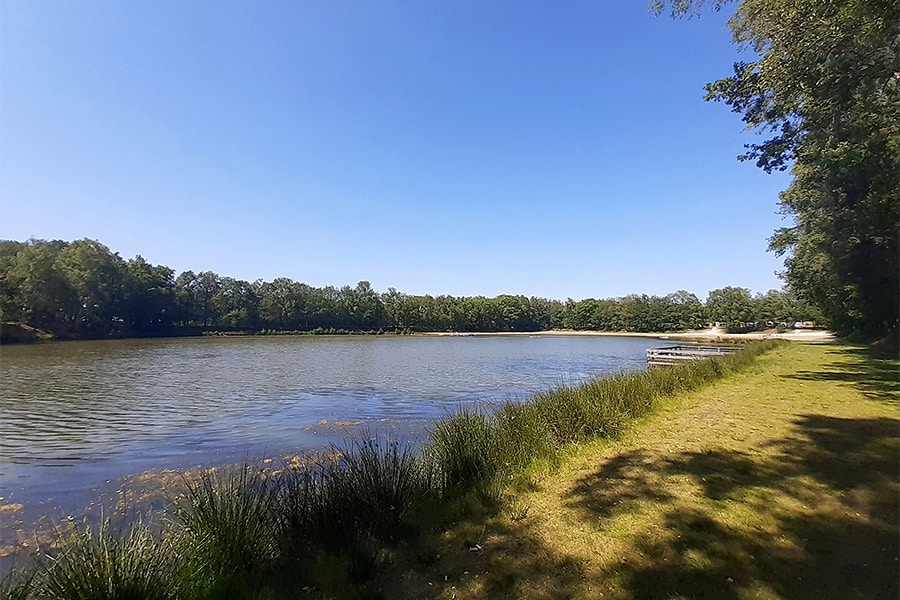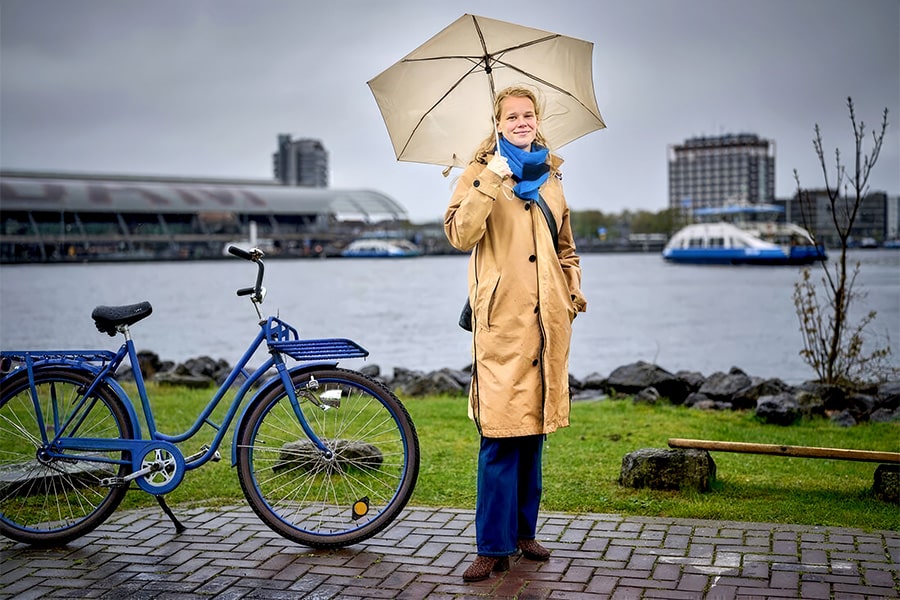
'Family history repeats itself'
Special sand for sand bed
Johan Spaansen is the third generation of Spaansen to supply sand for the Afsluitdijk. That makes this project extra special for the family business.

With fourteen transshipment locations in North Holland and Friesland, Spaansen ships a lot of sand and soil every year. It does so with its own trucks and ships. "The advantage of such a large number of transshipment locations is that you need minimal transport and can therefore deliver very efficiently and sustainably," explains Johan, Spaansen Group director. It was grandfather Bertus who bought his first truck in 1946. It was just after World War II and the time of reconstruction. Initially, Spaansen drivers drove mostly vegetables and fruits. The purchase of the first tipper truck caused the transport of sand and soil to take over. And that is what the family business is still big in today. Besides the Raw Materials & Logistics division, the Spaansen Group consists of two more divisions: Building Systems and Garden & Paving.
Innovative transfer station
One of the transshipment locations is Harlingen. In this Frisian town, the brothers devised and realized a unique system by setting up an impressive, innovative transfer station for sand and gravel. Cargoes arrive by ship; the material is refined and this is then taken by trucks to the right destination. "This is also how we were able to arrange the delivery and transport of sand for the Afsluitdijk from Harlingen properly and efficiently." For the embankment of the Afsluitdijk, Spaansen delivered a total of 731,000 cubic meters of sand by means of transport by water. "This is special sand for sand beds that we get from the North Sea and Wadden Sea. The first ships left in the summer of 2019, the last cargo was in May 2022. The sand is distributed to the locations Kornwerderzand, Den Oever and Breezanddijk."
Lavering between high and low water
Transporting sand seems easier than it is. After all, the location of the Afsluitdijk requires flexibility. "We have had a lot of easterly wind which caused extra low water. You also have to take into account the depth of the channel. The difference between high and low water is easily one and a half meters. You also have to take into account the ebb and flow times. And if the wind comes from the northwest, this again can create the necessary waves. In short, we were able to load and unload as long as the weather permitted and have been flexible in doing so."
Third generation on the dike
The delivery of the sand for the Afsluitdijk was very nice for Spaansen personally. "My grandfather delivered sand back in the 50s, my father and uncles in the 60s and 70s. And now that the Afsluitdijk is being prepared for the future, we get to make our contribution again. Family history repeats itself!"



